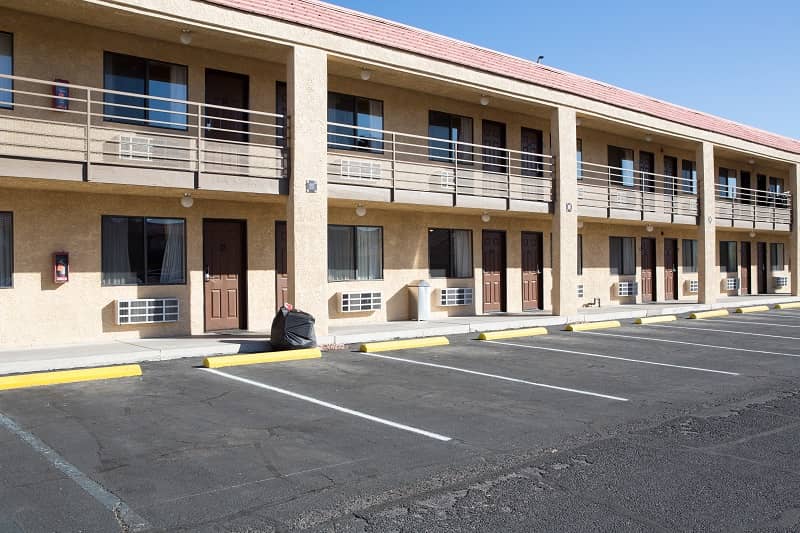Testimony before the Senate Committee on
Education and Workforce Development
in Favor of SB 500 and SJR 23
Good afternoon, Chair Hass and members of the Committee. My name is Steve Buckstein. I’m Senior Policy Analyst and founder of Cascade Policy Institute, a non-profit, non-partisan public policy research center based in Portland.
I support SB 500 and SJR 23 for several reasons.
First, in 1922 Oregon voters approved a Ku Klux Klan supported measure that would have outlawed all private and religious schools. It was a blatantly anti-Catholic effort. The measure never took effect because the U.S. Supreme Court struck it down in 1925, and uttered these famous words:
“The child is not the mere creature of the state; those who nurture him and direct his destiny have the right, coupled with the high duty, to recognize and prepare him for additional obligations.”
In 2009, a survey of 1,200 likely Oregon voters asked a series of questions about K-12 education and school choice. 83 percent of those polled had children in school. The key finding was that while 91 percent of Oregon families sent their children to a regular public school – only thirteen percent would do so if the choice where fully theirs. The rest, 87 percent, would choose private, charter or online schools, or educate their children at home.
Please don’t be fooled by the small percentage of parents who actually exercise school choice today.
Why would 91 percent of children be in regular public schools if only 13 percent of their parents want them there? Because most people can’t afford to pay taxes for public schools and tuition for private schools at the same time. Even though more than $5 billion tax dollars a year go toward educating Oregon’s school-age children, virtually all of that money goes to public school districts, not parents or students. Send your children where the state wants you to send them and their education is “free.” Make another choice, and you foot the bill yourself. The tax money stays in the public system, even if your child is being educated somewhere else.
So, ask yourselves, are we spending those $5 billion a year to support brick school buildings and the adults who work in them, or are we spending that money to educate children, wherever they can learn best?
Allowing a $1,000 tax credit is a small, but significant step you can take now to help parents exercise what the Supreme Court said was their right, and high duty — to prepare their children for additional obligations.
Oregonians clearly want to be able to choose where their children go to school. It’s about time that our lawmakers give them that choice by letting the money follow the child.
I urge you to support both SB 500 and SJR 23.
Thank you.











